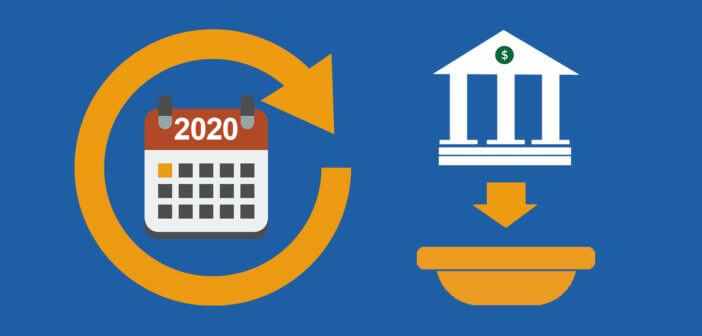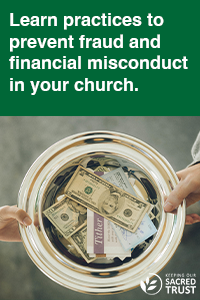Recurring online gifts are the ideal way for pledgers or those who give regularly in Sunday worship to stay current with their giving during this crisis. Lovett Weems and Ann Michel of the Lewis Center outline ways to set up recurring gifts, including two methods that don’t depend on your church having an online giving portal or even a website.
With congregants sheltering in place and worship gatherings suspended for the foreseeable future, online giving has suddenly become critical. It is no longer a convenient option for some. Digital giving has become the new offering plate for many. And many churches that had not yet ventured into the realm of digital giving are scrambling. But the good news is there are many convenient ways your members may give through electronic means.
In “normal” times, digital giving helps a church sustain a steady and predictable income stream, maintaining cash flow and softening slumps when vacations or bad weather keep people from attending church. This is especially true when donors set up recurring weekly or monthly donations. And the advantage of this has never been more obvious than it is now.
Setting up recurring gifts is an ideal way for those who maintain a pledge or who give regularly in Sunday worship to stay current with their giving during this crisis. And now is the perfect time to approach them with the opportunity because your most faithful donors will surely understand the need.
Three common methods of setting up recurring contributions are through online bill payment, automatic bank withdrawals, and online giving through church websites. The good news is that the first two options are available even if a church does not have its own online giving portal or even a website.
1. Online bill pay banking
Most banks offer online bill pay systems through their websites. Online bill payment is a secure electronic service that allows customers to pay bills without having to write checks and mail them. Online bill payment usually is tied to a checking account from which funds are withdrawn electronically for payment of one-time or recurring bills. Many banks offer this service to their customers free of charge. And no setup is required from the church.
2. Automatic bank withdrawal
This method of electronic funds transfer permits members to set up an automatic recurring contribution, usually set for once or twice a month. The transfer of funds (sometimes referred to as direct payments or ACH payments) occurs through the Automated Clearing House, a U.S. financial network used to transfer money from one back account to another without using checks, credit cards, wire transfers, or cash. Many churches have used this for years. Your bank can advise you on what’s required to set up a regular transfer by direct deposit.
3. Online giving through the church website
As more and more people engage in internet commerce, churches are increasingly using their websites to receive online contributions. There are a number of third-party vendors that specialize in helping churches set up and maintain online giving portals where congregants can create an account, log in, and manage their donations. Once this system is in place, access through smartphone apps, text-to-give options, and mobile card readers can also be added.
Remember, faithful Christian giving is never primarily about the institution’s need to receive. It is about the giver’s need to give. Providing your members with options to remain faithful in their giving will help them sustain their commitment to responsible stewardship and dedicated discipleship in this time of disruption and beyond.






